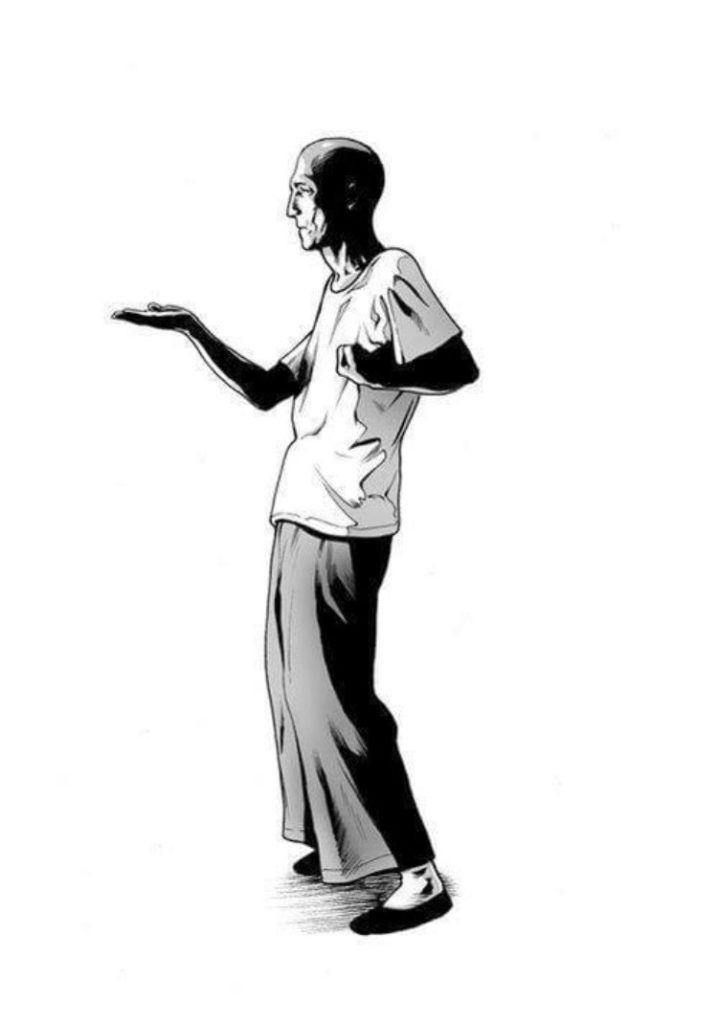Jeet Kune Do literally translates as “the way of the intercepting fist” and is a fighting art and philosophy created by the late Bruce Lee. Bruce Lee was a student of multiple martial arts including Wing Chun, Taekwondo, Kali, JuJitsu, boxing, fencing and Tai Chi. He combined principles of these arts to create a hybrid martial art he named Jeet Kune Do (JKD). JKD also encompasses Taoist and Zen philosophies in its teachings.
Bruce Lee himself never formalized Jeet Kune Do before he died. This forced later JKD practitioners to rely upon their own interpretation of the philosophy created by Bruce Lee.

Some of the major core principles of JKD come from Wing Chun, a martial art Bruce Lee studied with Ip Man.
Like JKD, Wing Chun is a martial art based on principles and therefore is a concept based system. Bruce Lee emphasised a few key principles of JKD which are also prevalent in Wing Chun:
- Simplicity.
- Directness.
- Economy of Movement
Emptying Your “Cup”
The metaphor Lee borrowed from Chan Buddhism was of constantly filling a cup with water, and then emptying it, used for describing Lee’s philosophy of “casting off what is useless”. Lee considered traditional form-based martial arts, which practiced pre-arranged patterns, forms and techniques, to be restrictive and ineffective in dealing with chaotic self-defense situations.
Here’s what Bruce Lee said about JKD:
“I have not invented a “new style,” composite, modified or otherwise that is set within distinct form as apart from “this” method or “that” method. On the contrary, I hope to free my followers from clinging to styles, patterns, or moulds.”
It was around 1964, following Bruce’s encounter with Wong Jack-man, Lee disavowed the rigidity of systematised martial arts, feeling they were not useful in random and chaotic fighting situations.
Jeet Kune Do And Wing Chun
Bruce Lee had studied various martial arts before he came to this conclusion however, studying for several years in Wing Chun with Ip Man, founder of modern day Wing Chun. Wing Chun and Jeet Kune Do share some similarities and much of the Wing Chun system is included under the banner of JKD. Specifically, certain aspects of the Wing Chun concepts appear in KJD including:
- Simplicity.
- Directness.
- Practicality.
- Economy of Movement
Bruce Lee added other fighting styles which included groundwork, grappling and other tools which Wing Chun does not have: Kali (stick fighting), Jujitsu (floor fighting/grappling) and long range high kicks from taekwondo, for example. However, the main principles remain similar between the two styles: simplicity and economy of motion.
See also Jeet Kune Do and Wing Chun similarities.
Summary
“Jeet Kune Do is simply the direct expression of one’s feelings with the minimum of movements and energy. The closer to the true way of Kung Fu, the less wastage of expression there is.” – Bruce Lee
JKD students are told to waste no time or movement.
Bruce Lee was a Wing Chun advocate for a number of years. It was only after his encounter with Wong Jack Man that he decided to alter his teachings and create a style he would later name Jeet Kune Do. However, the “essence” of Jeet Kune Do is not a style as such, but rather a philosophy and number of principles.
“I have not invented a “new style,” composite, modified or otherwise that is set within distinct form as apart from “this” method or “that” method.
On the contrary, I hope to free my followers from clinging to styles, patterns, or molds. Remember that Jeet Kune Do is merely a name used, a mirror in which to see “ourselves”. . . Jeet Kune Do is not an organized institution that one can be a member of.
Either you understand or you don’t, and that is that. There is no mystery about my style. My movements are simple, direct, and non-classical. The extraordinary part of it lies in its simplicity. Every movement in Jeet Kune Do is being so of itself. There is nothing artificial about it.
I always believe that the easy way is the right way. Jeet Kune Do is simply the direct expression of one’s feelings with the minimum of movements and energy.” – Bruce Lee


